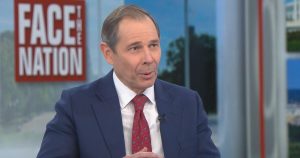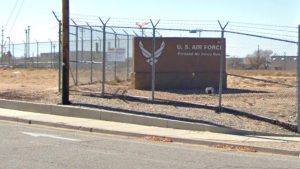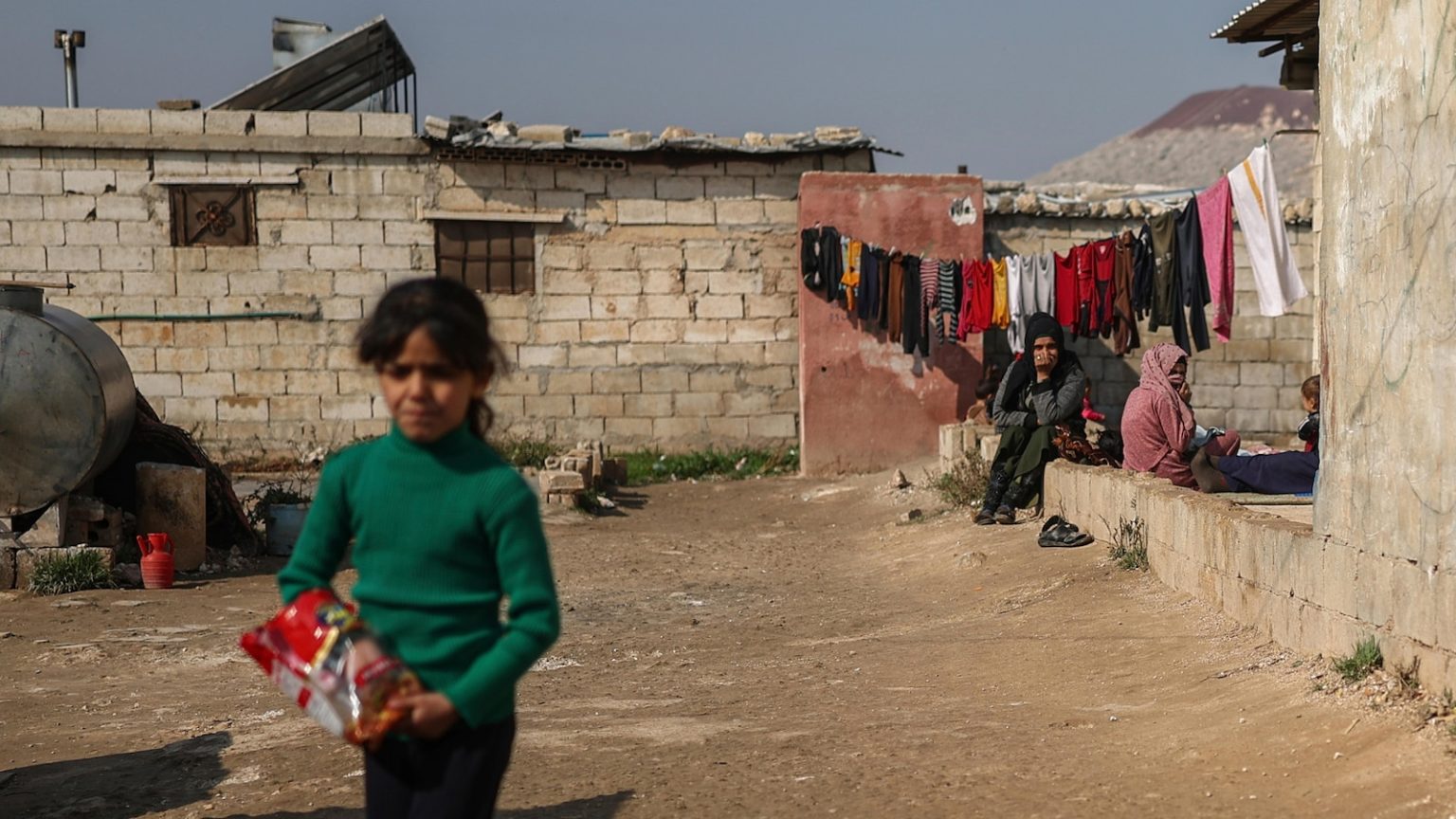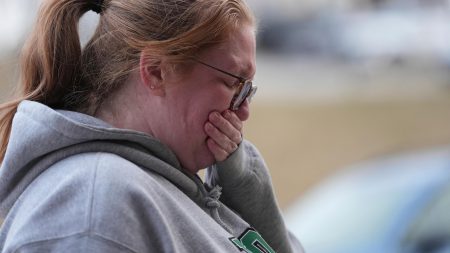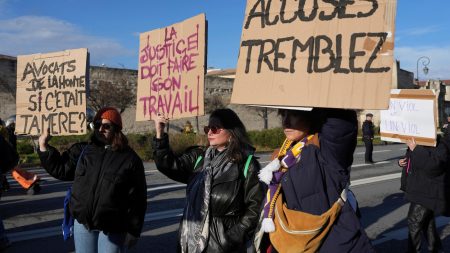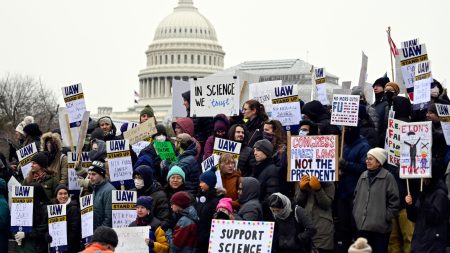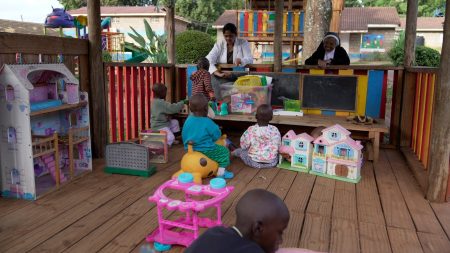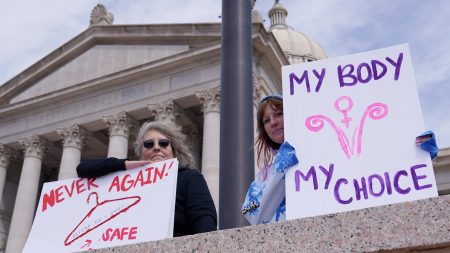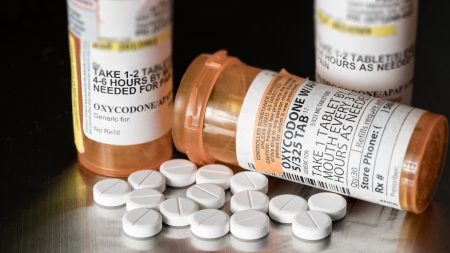The Devastating Impact of U.S. Aid Cuts in Sarmada, Syria
In the once-thriving town of Sarmada, located in northern Syria, a sense of despair permeates the air. Dr. Mohammad Fares, a dedicated physician, unlocks the doors of a clinic that was once bustling with patients. Today, it stands eerily empty, its shelves stripped bare, leaving only a few boxes of bandages and expired medications. This stark reality is the direct result of the Trump administration’s decision to halt U.S. foreign assistance to the region. The U.S. Agency for International Development (USAID) issued stop-work orders as part of a 90-day review, citing concerns over wasteful spending. For Fares and his team at Médecins du Monde (Doctors of the World), this decision has brought their life-saving work to a grinding halt.
A Region on the Brink of Collapse
The clinics operated by Doctors of the World in northern Syria were a lifeline for millions of displaced people. These individuals had fled the brutal civil war that raged across the country for years, seeking refuge in what was once a rebel-held enclave. The situation grew even more dire in 2023, when a catastrophic 7.8 magnitude earthquake struck Turkey and northern Syria, killing thousands and leaving countless others without homes. While some displaced Syrians have begun to return to their hometowns, many find themselves with no place to go, forced to live in cramped and unsanitary camps. Fares’ clinic alone supported 16 camps in the region, providing care to approximately 35,000 people. However, since the U.S. aid freeze, 10 clinics have been forced to close, and 184 staff members have been laid off.
The Human Cost of Aid Cuts
The consequences of the aid freeze are nothing short of catastrophic. Northern Syria, already devoid of centralized government healthcare services, relies heavily on nonprofit organizations to provide medical care. The sudden loss of funding has left vulnerable populations, including the elderly, women, and children, without access to essential health services. “If the support is not resumed, there will be a major disaster and serious harm to vulnerable groups,” warned Dr. Fares. The closure of these clinics has shifted the burden to already overwhelmed emergency hospitals, exacerbating an already dire situation.
Personal Stories of Struggle
In a camp near the village of Kawkaba, the suspension of aid has deepened the misery of those living there. Children play among the crowded tents, unaware of the growing desperation that surrounds them. Abdelkareem Khaled, the camp director, explains how the loss of medical services has made life even more unbearable. “Patients, especially those who need medicine every month, can no longer afford it at the pharmacy,” he said. For individuals with chronic illnesses, such as Bassam Hussein, a father of four daughters, the situation is particularly dire. Hussein, who suffers from a thyroid condition, has been forced to pull his 12-year-old daughter out of school so she can work in an almond field to help pay for his medication. “Every 20 days, I need a pack of medicine that costs $12,” he explained. “If I don’t secure the cost of the medicine, I experience complications—weakness, depression, and so on.”
Aid Organizations in Limbo
The Trump administration has issued a waiver to exempt emergency food aid and “life-saving” programs, but for many organizations, this has done little to alleviate the crisis. Dr. Mufaddal Hamadeh, president of the Syrian American Medical Society (SAMS), which operates hospitals and mobile clinics across northern Syria, expressed deep concerns about the future. While some services, such as maternity wards and incubators, have continued, it remains unclear how long they can be sustained without funding. “We’re not certain if we’ll get a waiver or reimbursement for the expenses we’ve already covered,” he said. “That has already put a huge financial burden on us.”
The Broader Implications of U.S. Aid Cuts
The decision to halt U.S. aid to Syria has far-reaching consequences, both for the region and the world at large. According to Ian Mitchell, a senior policy fellow at the Center for Global Development, withdrawing USAID’s support in Syria would deal a devastating blow to an already struggling economy. “Without U.S. support in places like Gaza and Syria, the world will become a more dangerous place,” he warned. For organizations like Doctors of the World, which relied on USAID for 60% of their funding, the sudden loss of support has been nothing short of crippling. The organization has seen its daily consultations drop from 5,000 to just 500, leaving countless individuals without access to life-saving care.
As the situation in Syria continues to deteriorate, the international community is left to grapple with the moral and humanitarian implications of these aid cuts. For Dr. Fares, Dr. Hamadeh, and countless others on the ground, the message is clear: the United States’ decision to withdraw its support is not just a policy choice—it is a matter of life and death. “This money is helping people, saving lives,” said Hamadeh. “You can’t just shut down USAID, which has helped millions across the world and actually did help improve America’s reputation.” The road ahead remains uncertain, but one thing is clear: the people of Syria cannot afford to wait.

